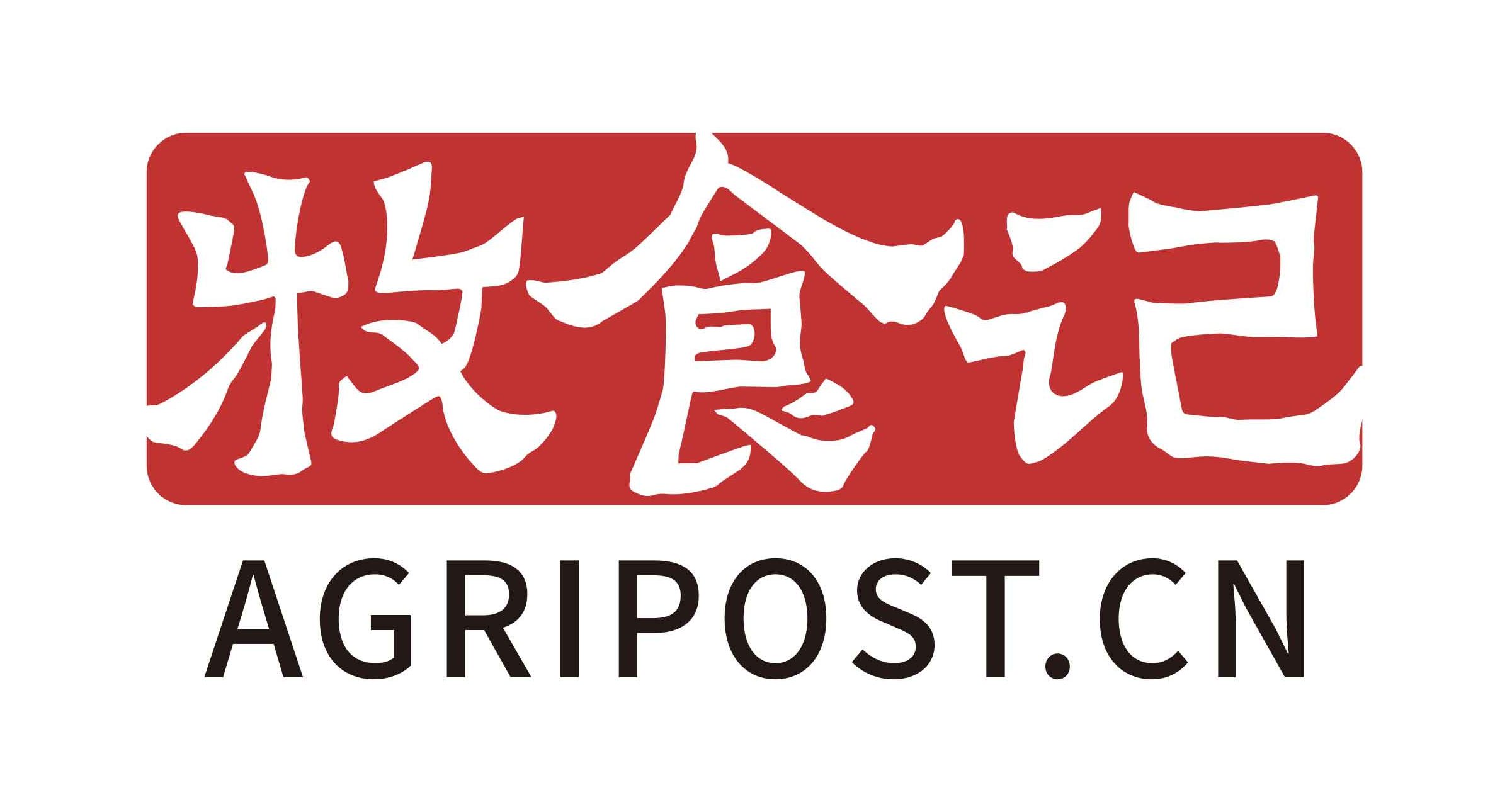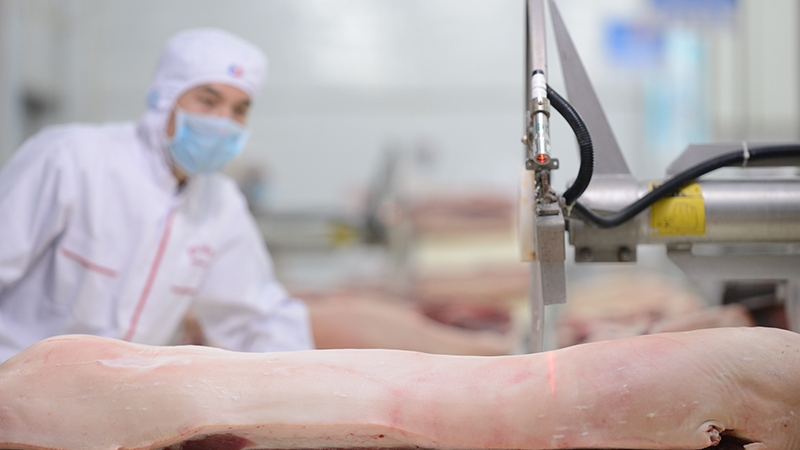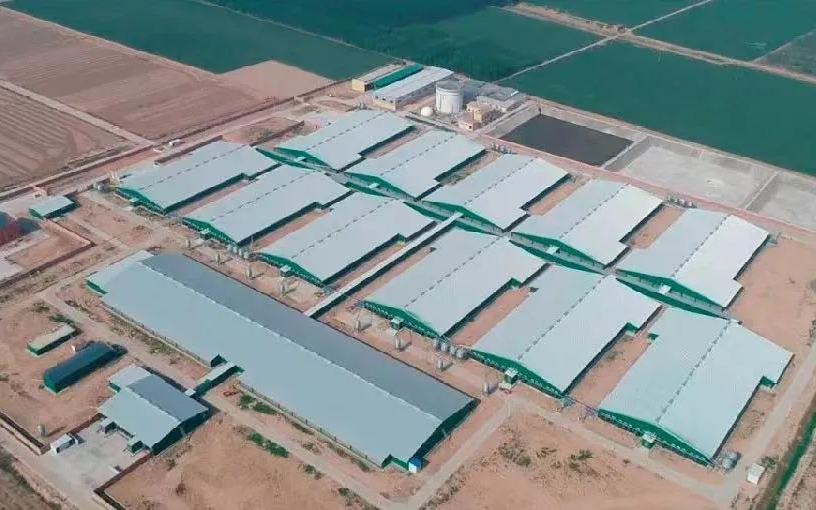Tianjin Kangjia Genetics, a subsidiary of Tianjin Food Group, is aiming to modernise China’s pig breeding by combining high-quality imported genetics with local innovation. Using a “dual-engine” model—focused on both breeding and commercial production—the company partners with Cargill for nutrition and biosecurity, and applies a strict selection system to improve pig performance. Kangjia plans to expand its sow inventory, develop proprietary breeds, and eventually export high-quality Chinese pigs to global markets.
In 2024, China emerged as the world’s top automobile exporter, shipping more than 6.41 million vehicles, an increase of 23% compared to the previous year. This is particularly notable considering that in the 1950s, China was still primarily relying on technology from the Soviet Union and Eastern Europe to take its first steps in the automobile industry. For Li Wenjun, General Manager of Tianjin Kangjia Genetics, this transition tells a broader story—one that China’s pig breeding industry is beginning to mirror.
Driving Change Through Genetics
Tianjin Kangjia Genetics, part of the state-owned Tianjin Food Group, is positioning itself as a national trailblazer in pig genetics. Originally established in 2008 to supply pork to the city of Tianjin, Kangjia has since evolved in response to the twin shocks of African Swine Fever (ASF) and COVID-19, both of which laid bare the vulnerabilities in China’s pork supply chain. In 2021, the company was elevated from a tertiary to a secondary enterprise under Tianjin Food Group’s restructuring programme—marking a turning point in its development.

Dual Engines: Breeding and Commercial Production
By 2022, Kangjia unveiled a dual-focus model that combines genetics and commercial pig production. To kick off this strategy, the firm imported elite breeding lines from the United States and France—countries renowned for genetic excellence.
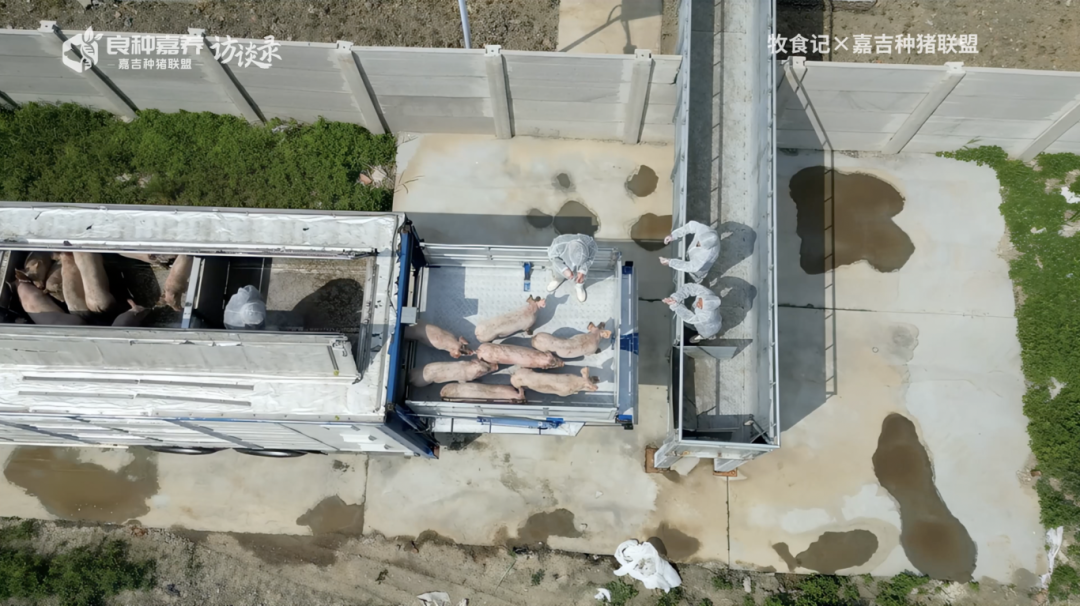
The U.S. lines include Duroc and Landrace boars selected for growth rate and carcass quality. From France, Kangjia introduced Large White and Landrace sows for their fertility and maternal traits. In a bold move, the company also brought in Pietrain boars, to improve lean meat percentages without sacrificing meat quality.
At present, Kangjia manages six production sites across Tianjin: one nucleus herd, one multiplication site, two parent stock farms, and two breeding facilities. With a sow inventory of 14,000, annual output reaches 100,000 breeding pigs and 230,000 commercial pigs.
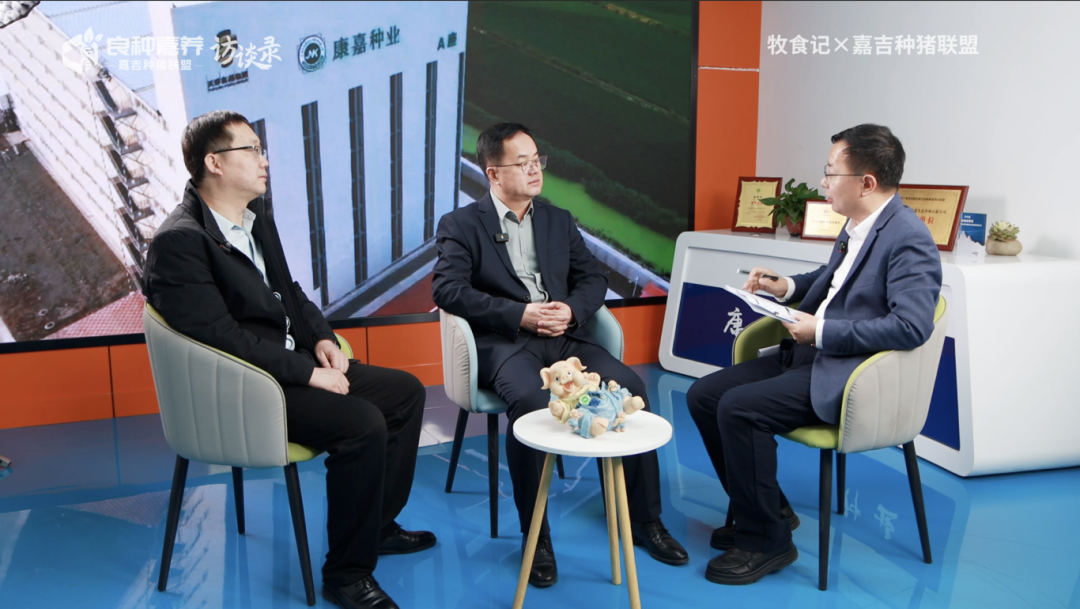
World-Class Nutrition Backed by Global Expertise
“Great genetics deserve great nutrition,” says Ning Hailin, Kangjia’s Production Director. To that end, the company has partnered with feed multinational Cargill, exclusively using its formulations across all stages of pig production. This alliance ensures a precision-nutrition approach that boosts growth performance while keeping feed conversion costs under control.

More than just feed, the partnership includes Cargill’s “360+” health and biosecurity framework, a robust system of farm-wide ASF protection, feed traceability, and rapid disease diagnostics. The collaboration deepened at the 2024 China International Import Expo in Shanghai, where the two parties signed a strategic cooperation agreement extending to pigs, cattle, and sheep.

Kangjia’s staff also benefit from Cargill-led executive development through platforms such as the P+ Academy, run jointly with China Agricultural University, ensuring both technical excellence and talent development remain top priorities.
Quality First: The “28461” System
While the company’s long-term vision includes scaling to 100,000 sows and producing 2 million commercial pigs annually—roughly half of Tianjin’s market—its short-term focus remains crystal clear: quality over quantity.
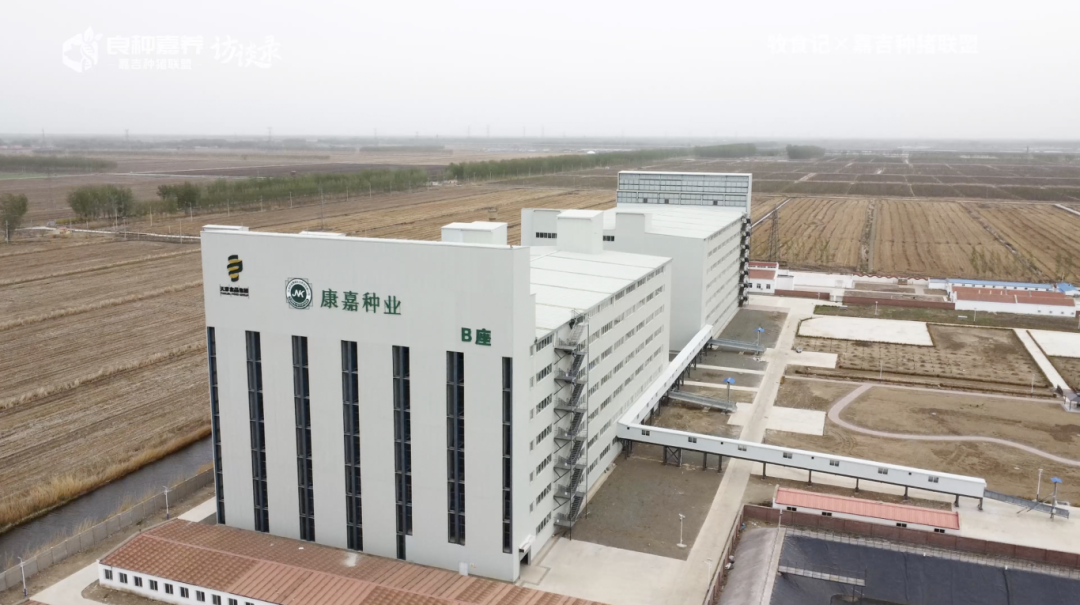
“Whether it’s cars, electronics, or pigs—only quality survives,” Li Wenjun emphasises.
Tianjin Kangjia Genetics, a subsidiary of Tianjin Food Group, is pioneering China’s pig breeding revolution with a “28461” quality system :
2: Genetic sources—U.S. × French
8: Selection steps—including weaning weight, health, and conformation
4: Rearing groups
6: Phases of intensive management
1: Goal—the ideal pig
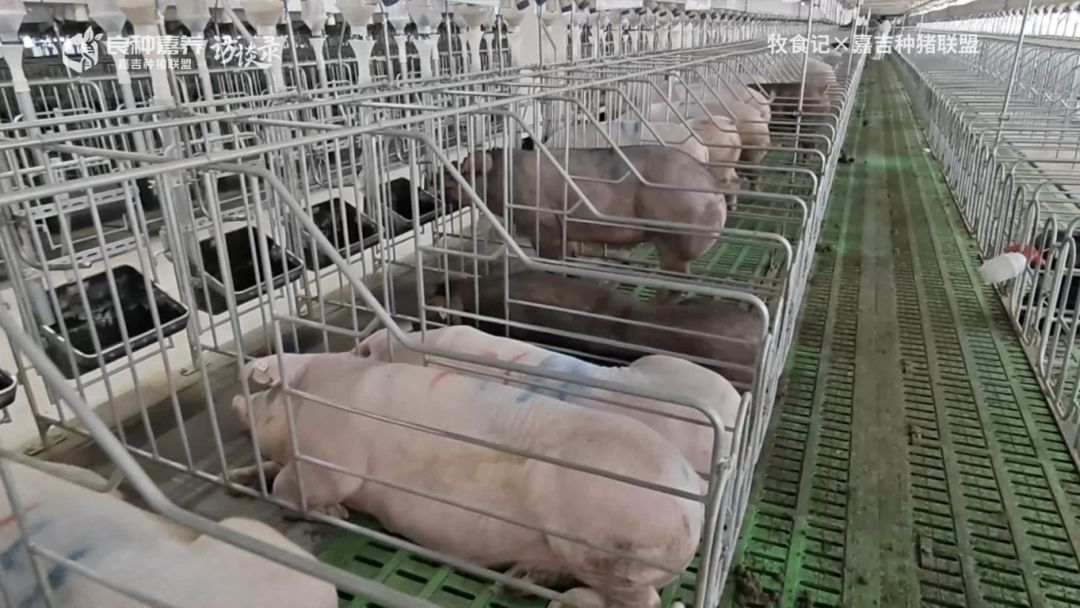
Standards are high. Duroc piglets, for instance, must weigh over 8.0 kg at weaning and show no congenital flaws. Only pigs certified disease-free (ASF, PRRS, FMD) pass final selection. Each sow is expected to produce six litters over her lifetime (three years), resulting in a total of 80 pigs, as outlined in the “1680 Plan”. Once reaching a weight of 125 kilograms, the total carcass weight of these 80 pigs should exceed 10 metric tons, in line with the “1250 Strategy”.
Eyes on Innovation—and the World Market
To stay ahead of the genetic curve, Kangjia has established a 20-person R&D team and collaborates with leading academic institutions, including China Agricultural University. The company is aiming for national-level breeding farm accreditation by 2026.
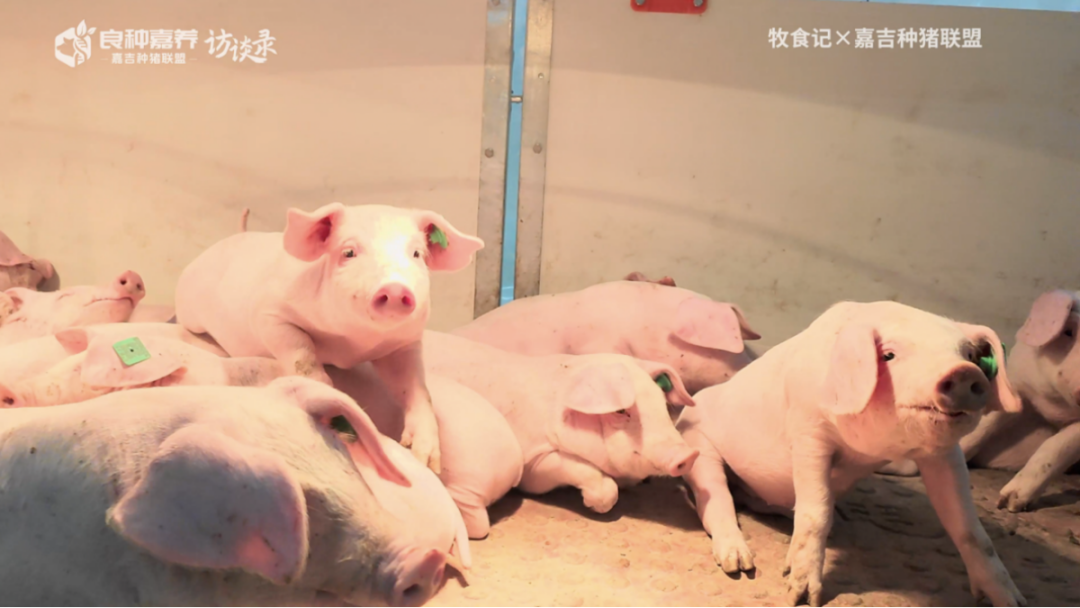
Going forward, the breeding focus will centre on feed efficiency and meat quality—rather than overrelying on disease-resistant traits. As Li Wenjun puts it, “Better biosecurity is more sustainable than merely betting on resilience.”
Among the company’s more ambitious goals is the development of a proprietary white terminal boar, as well as a new line of lean black pigs. The latter will combine native Chinese traits with imported performance genetics—designed for both domestic taste and international competitiveness.
“Just like our cars and home appliances,” says Li Wenjun , “China’s pigs will also go global.”
AgriPost.CN – Your Second Brain in China’s Agri-food Industry, Empowering Global Collaborations in the Animal Protein Sector.

